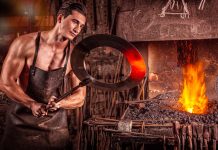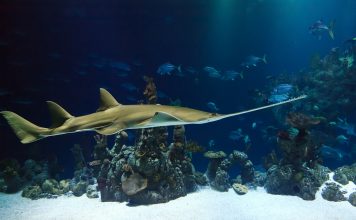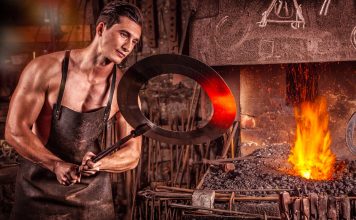The car is named after Hyperion, one of the Titans of Greek mythology, to underline its architectural and figurative power.
With the Hyperion, the team of designers and engineers of the Special Projects Division was able to express its creative skills and to apply Pininfarina expertise without limits, save that of coming as close as possible to the type of car that our customer had in mind. The result was a custom-built unit that is firmly rooted in the values of the Pininfarina and Rolls-Royce brands, with lines and dimensions that are hard to find in a 21st century model. The Hyperion takes up the legacy of other Rolls-Royces designed by Pininfarina, the Silver Dawn saloon of 1951, for example, or the Camargue coupe of 1975.
The history of Pininfarina offers plenty of examples of special cars built on “noble” bases. Which is why the company naturally welcomed Roland Hall’s proposal to work on a Rolls-Royce floorpan. For the new Pininfarina one-off, however, the Special Projects Division wanted a new idea, something absolutely unique, which only an individual in love with the car as an abstract, and not merely utilitarian, concept could appreciate. And so the Hyperion project was born, in the Autumn of 2007.
In terms of the styling, the first brainwave came when thinking of some of the cars of the 1930s, with their majestic, regal bonnets, and a body that surrounded the driver and a single passenger.
Distinctive features of a car which, thanks to its strength and elegance, does not need to move to draw attention to itself.
Like all the cars designed by Pininfarina, the secret of the Hyperion lies in its absolute harmony between masses and volumes, and the perfect balance of every proportion. Structurally, we moved the driving position further back (400 mm) and took out the rear seats. We designed a new hood, which folds behind the seats under a wood-lined cover. In front of the windscreen we created two compartments for small items or for sports equipment, such as Mr. Hall’s hunting rifles.
The bodywork is made of carbon fibre, while the details are applied using a technology adopted in boat building. The doors were made of solid wood by craftsmen who specialise in creating components for luxury boats. This is another aspect of the programme of Pininfarina special cars: offering customers unique stylistic and technical solutions that are not possible on mass produced cars.
Some of the best international firms contributed to the realisation of the project: Re Fraschini for the carbon, Isoclima for the glazed surfaces, Proxi engineering for the drawings of the car, Triom for the lights and headlights, Fondmetal for the wheel rims, and Materialise for components created using fast prototyping.
Pininfarina and Girard-Perregaux: the emotion of excellence
Combining the excellence of a watch and a car that are out of the ordinary. This was the goal of the collaboration between Pininfarina and luxury Swiss watchmakers Girard-Perregaux. The meeting of two prestigious names that embody artisan tradition and cutting edge technology has created a refined timepiece with a sophisticated mechanism. Girard-Perregaux have personalised one of their sophisticated watches, the Vintage 1945 Tourbillion with gold bridge, for the Hyperion.
Thanks to an ingenious anchorage system, this timepiece can be mounted on the car’s dashboard, or removed from its mount to slip on to its owner’s wrist.
The pure lines of the white gold case, inspired by a model of 1945, contain a gold bridge tourbillon. This mechanism, which is faithful to the original design created by Constant Girard-Perregaux in the 19th century, stands out for its complexity: only an expert watchmaker could assemble the cage that weighs just 0.3 grams, carrying no fewer than 72 elements. The automatic movement was painstakingly built by the company.
While arranging this press release, Andrea Pininfarina, Chairman and CEO of Pininfarina S.p.A., died in a road accident. Mr. Roland Hall, client and owner of the Hyperion, has decided to dedicate this car to his memory, remembering his outstanding human qualities and professional skills. A car as extraordinary as the man who left us, but who will remain with us forever.



































